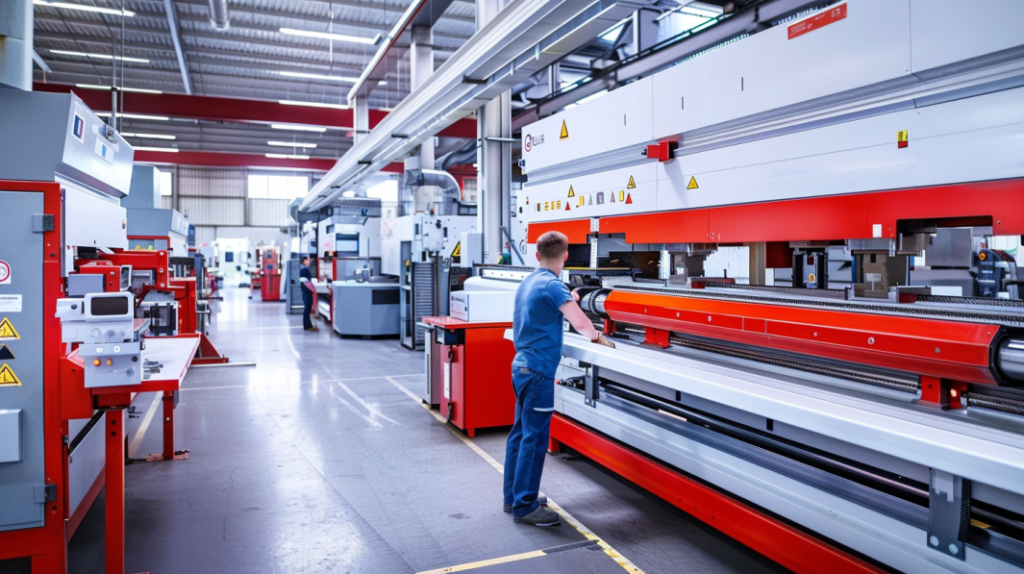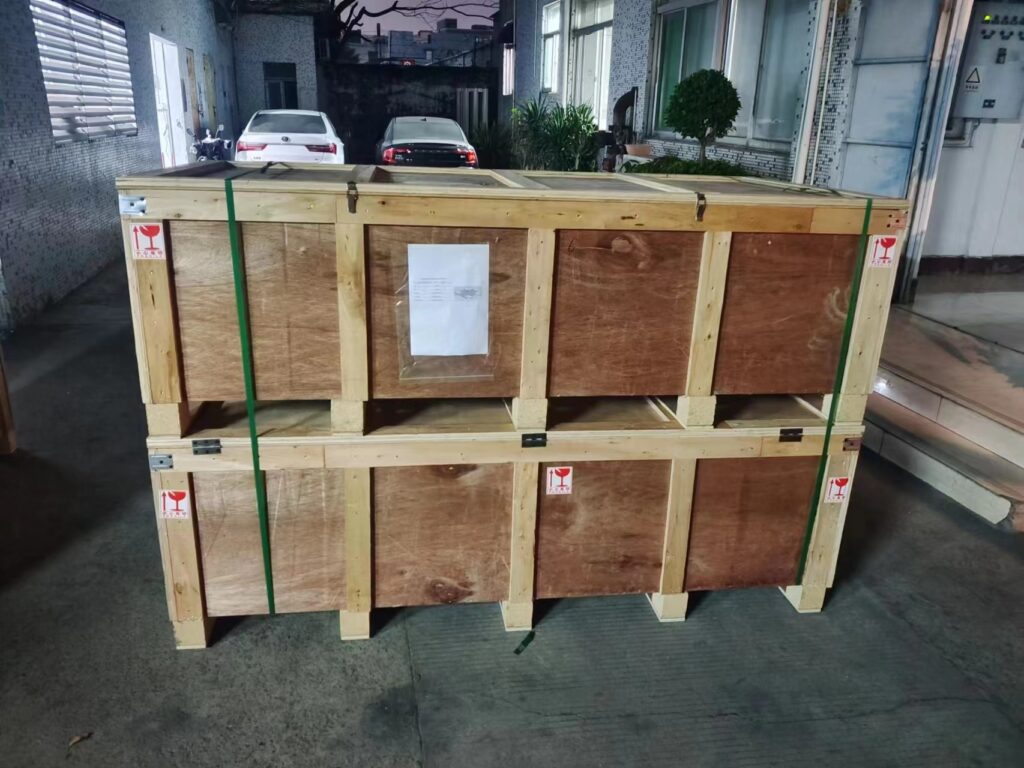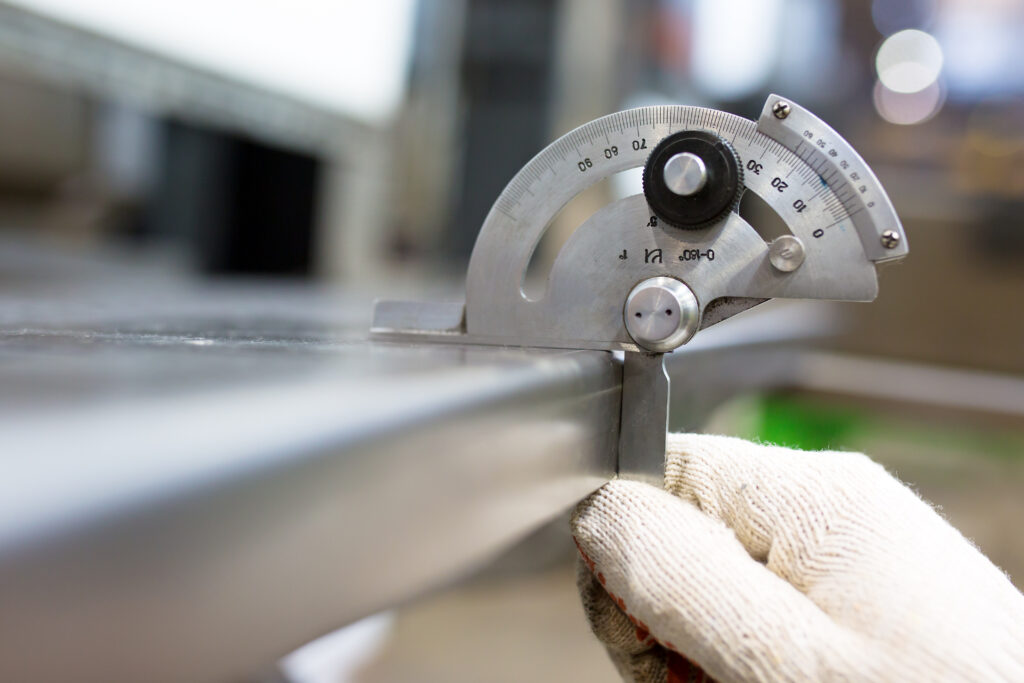Have you ever ordered parts from a manufacturer only to find out they didn’t live up to your expectations? It’s frustrating and expensive, especially when the project has already moved forward. That’s where sampling comes in. Think of requesting samples as your safety net—it helps you avoid the pitfalls of mass production gone wrong and ensures you get exactly what you need.
Requesting samples is one of the most effective ways to ensure your manufacturer can deliver on their promises. A sample lets you test the quality, fit, functionality, and material compliance of the parts before committing to large-scale production. This process can save you time, money, and the headache of costly errors down the line.
So, how do you know if that fancy brochure or catalog will translate into the perfect product? More importantly, how can you avoid manufacturing disasters before they happen?

Verify Manufacturer’s Capability
Not all manufacturers are created equal. I’ve talked to a lot of manufacturers who talk a big game, but when we ask for a sample, they can’t make the part. Whether it’s laser cutting, stamping, welding, or bending, the sample tells us what the manufacturer can and can’t do. In sheet metal fabrication, where you need precision and tolerances are tight, you can’t afford to miss this step. If they can’t do a good sample, they won’t do a good job when they make the parts.
How many times have you heard someone talk about all the great machines a manufacturer has, only to find out the parts they make aren’t any good? The sample cuts through the smoke and tells you if they can make your parts.
Ensure Design Feasibility and Tolerances
It’s one thing to design a part in CAD. It’s another thing to make that part in real life. If you’ve been in the industry for any amount of time, you’ve seen great designs that fell apart in manufacturing because they weren’t feasible. The sample tells us if our design can be made without any problems. Are the bends too tight? Is the material too thin to hold up? Does the part meet the tolerances you’ve called out? The sample answers these questions.
Why take a chance on your design not working when you can find out ahead of time? The sample will help you catch design issues before they become production problems.

Quality Inspection
How many times have you had a manufacturer tell you they used good material, only to find out they cut corners? That’s why it’s so important to check the quality when you’re working on a sample. You can physically check the material—whether it’s stainless steel, aluminum, or brass—to make sure it matches the specs you want. This is especially important when your parts have to hold up under stress, like in aerospace or medical applications. You can also check the surface finishes, like powder coat or anodize, to make sure they’re consistent across the part.
Think about it: Wouldn’t you rather know now that the manufacturer is cutting corners than after you’ve made thousands of parts?
Check the Fit and Function
This may be the most critical part of the sampling process. Does the part fit where it’s supposed to? Does it work like it’s supposed to under real-world conditions? You can have the most beautiful part in the world, but if it doesn’t fit or work, it’s garbage. In high-precision industries, like aerospace or medical devices, getting the fit right is everything. If you’re off a little bit, you can have a lot of problems—equipment that doesn’t work, tests that fail, or safety concerns.
Why wait until you’ve made all the parts to find out your parts don’t work? Check the fit and function with a sample to make sure it works perfectly from day one.

Surface Finishing and Appearance
Let’s face it: Looks matter. Whether it’s a consumer product or an industrial part, the surface finish is critical to how the product looks and how long it lasts. When you get a sample, you can see how well the finish holds up to abuse. Is the powder coat smooth and even? Does the anodize give you the corrosion resistance you need? You can only tell by holding the sample in your hand.
Will it last as long as you need it to? Will it meet the aesthetic standards of your brand or product? With a sample, you can make sure it looks good and performs well.
Evaluate Manufacturer’s Flexibility and Production Transition
One of the most underrated things about a manufacturer is their flexibility. A good manufacturer can adjust when you need to make changes. Whether you need to tweak a design or switch materials, the sample process allows you to test their flexibility. Can they change without a major delay or a huge increase in cost? If they can’t make a small change with the sample, what do you think will happen when you ramp up to full production?
Can your manufacturer make a pivot when you need them to? The sample will test their flexibility on the fly.

Material Compliance and Certifications
If you’re in industries like aerospace, automotive, or medical devices, material compliance isn’t something you can overlook—it’s mandatory. When you ask for a sample, you make sure the materials they’re using meet industry-specific standards like RoHS, ISO 9001, or even FDA requirements for medical components. You don’t want to find out too late that your supplier didn’t meet these standards. By checking the sample, you can verify that the materials are not only compliant but also perform as required in your specific environment.
Are the materials certified? Do they meet the standards you need? It’s better to know now than to face fines or product failures later.
Check Their Packaging and Labeling
I’ve seen it time and again: You get these beautiful parts made, and they arrive scratched, dented, or worse because the packaging was lousy. When you ask for a sample, you’re not just checking the part—you’re also checking out how they package and label it. If your parts aren’t protected well during shipping, it’s going to cost you. A sample lets you test their packaging standards and make sure you get your parts in perfect condition, no matter how complex or delicate they are.
Does their packaging protect your parts? Are their labels clear and helpful? It’s the little things that make a big difference in production.

Confirm Lead Time and Delivery
Deadlines matter, and so does reliability. When you ask for samples, you can see for yourself how well the manufacturer hits deadlines. Do they deliver on time, or are they late? How quickly and efficiently they process your sample order will give you a good indication of how they will do with larger production runs. If they can’t get a small batch of samples to you on time, you can bet they’re going to be late in the future.
Can you count on this manufacturer to hit your deadlines? Samples will tell you.
Cost Efficiency Validation
Samples aren’t just about quality; they’re also about cost. How does the cost of the sample compare to what you’re going to pay for a full production run? Does the sample price fit within your budget? By looking at the cost of the sample, you can get a rough idea of whether the supplier’s pricing structure works for you. You can also see if there are hidden costs you didn’t know about—something that only pops up when the sample shows up.
Is the cost of the sample reasonable? Will the cost of the full production run fit within your budget? Check it now to save headaches later.

Logistical Insight
Have you ever worked with a manufacturer who talked a big game about their logistics and then left you hanging? Checking the delivery and logistics process with a sample order is a smart move. Can the manufacturer handle the complexities of international shipping? Is their packaging good enough for a long journey? These are things you’ll find out when you test with a sample. Don’t wait for a full production run to see if your supplier can handle international shipments or big orders.
Are their logistics reliable? Will your parts arrive in good shape, no matter where they’re going? Samples will show you the answer.
Intellectual Property (IP) Protection
Your designs are valuable, and protecting them should be a priority. When you ask for a sample, you get an early look at how the manufacturer handles intellectual property. Do they have systems in place to protect your IP during sampling and production? This is especially important if you’re working on something innovative or highly competitive. By evaluating a sample, you can also see if the supplier respects confidentiality agreements and your IP.
Will your IP be safe with this manufacturer? Samples show you how committed they are to protecting your innovation.

Conclusion
Asking for samples before you commit to a manufacturer isn’t just a formality—it’s a critical step in ensuring your success. From checking quality and material compliance to testing logistics and cost, samples give you the facts you need to make a smart choice. Why take a chance when you can see for yourself?

